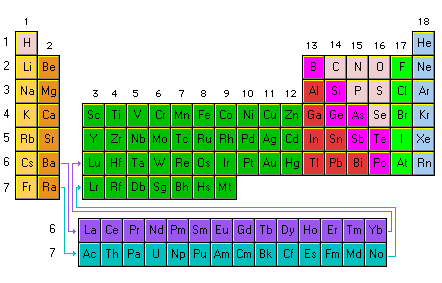 At the behest of the Geometry, the Hyperbola is that flat and symmetric curve with respect to two planes perpendicular to each other, while the distance in relation to two points or foci is constant.
At the behest of the Geometry, the Hyperbola is that flat and symmetric curve with respect to two planes perpendicular to each other, while the distance in relation to two points or foci is constant.
In other words, the hyperbola is a conical section, an open curve with two branches that can be obtained by cutting a right cone through an oblique plane to the axis that imposes symmetry; and with an angle smaller than that of the generatrix with respect to the axis of revolution.
It should be noted that it is the geometric place of the points of a plane, being the absolute value of their distances to two fixed points, the foci, equal to the distance between the vertices, which turns out to be a positive constant.
Meanwhile, the word hyperbola has its origin in the Greek term hyperbole, that literary figure that implies exaggeration in terms of what is spoken or commented on.
As a consequence of the inclination of the cut, the plane of the hyperbola will intersect both branches of the cone.
According to tradition, the discovery of conic sections is due to the mathematician of Greek origin Menechmus, more precisely, in the study that he carried out of the problem of doubling the cube, he demonstrated the existence of a solution by cutting a parabola with a hyperbola, a fact that later would also be demonstrated by Eratosthenes and by Proclus.
In any case, it would be after the above that the term hyperbola as such would be used; Apollonius of Perge in his treatise Conicals was the first to use it. The aforementioned work is considered a masterpiece in the area of ancient Greek mathematics.




